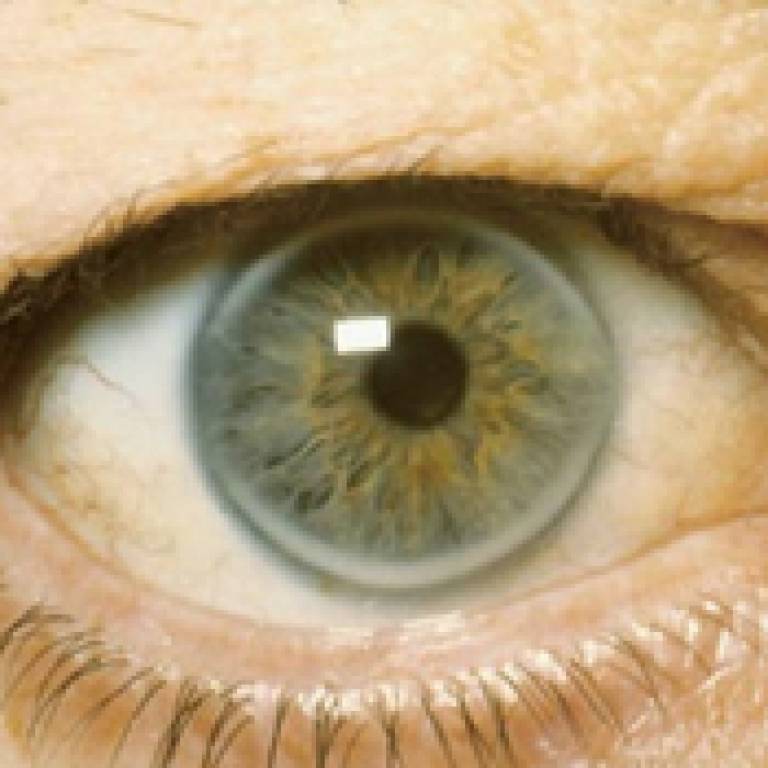New clinical advice on high cholesterol disorder
27 August 2008
Links: Listen to the interview with Professsor Steve Humphries
 ucl.ac.uk/ugi/research/stevehumphries" target="_self">Professor Steve Humphries
ucl.ac.uk/ugi/research/stevehumphries" target="_self">Professor Steve Humphries
Professor Steve Humphries (UCL Medicine) was the lead clinical advisor on a new set of guidelines launched today by the National Institute for Clinical Excellence on the identification and treatment of Familial Hypercholesterolemia (FH), a genetic high cholesterol condition affecting one in 500 people that increases risk of heart disease.
Professor Humphries led a team of clinicians, paediatricians, nurses, pharmacists and patients over the past two years to devise more than 100 guidelines designed to improve FH diagnosis rates and effective treatment. The recommendations for improving detection of the disorder include opportunistic testing based on family history of heart disease and referral to specialist lipid clinics, and DNA 'cascade testing', the systematic testing of relatives of people with FH. The guidelines also advocate the use of new powerful statins (drugs that lower cholesterol levels), and provision of information to patients to manage the condition.
Professor Humphries, Director of the UCL Centre for Cardiovascular Genetics, has been researching the molecular causes of FH for nearly 30 years. In an interview with UCL Communications, he said: "FH is about as common as Type 1 diabetes, the type that comes on in childhood, so for every person you knew at school who had that sort of diabetes, there was actually an FH person there as well. You didn't know it and they didn't know it either, because it's not tested for and the symptoms don't develop until later.
"The major benefit of the guidelines will be to all the relatives of the people with FH, finding them and giving them lifestyle advice, and making sure they are given the right statin. This really will stop a lot of people having heart attacks. It's about empowering people to take control of their health."
To learn more about FH and the benefits of the new guidelines to patients, listen to the interview with Professor Humphries above or follow the links at the top of this article.
Image: A whitish/yellow ring of lipid deposit around the cornea is a sign of FH
 Close
Close

